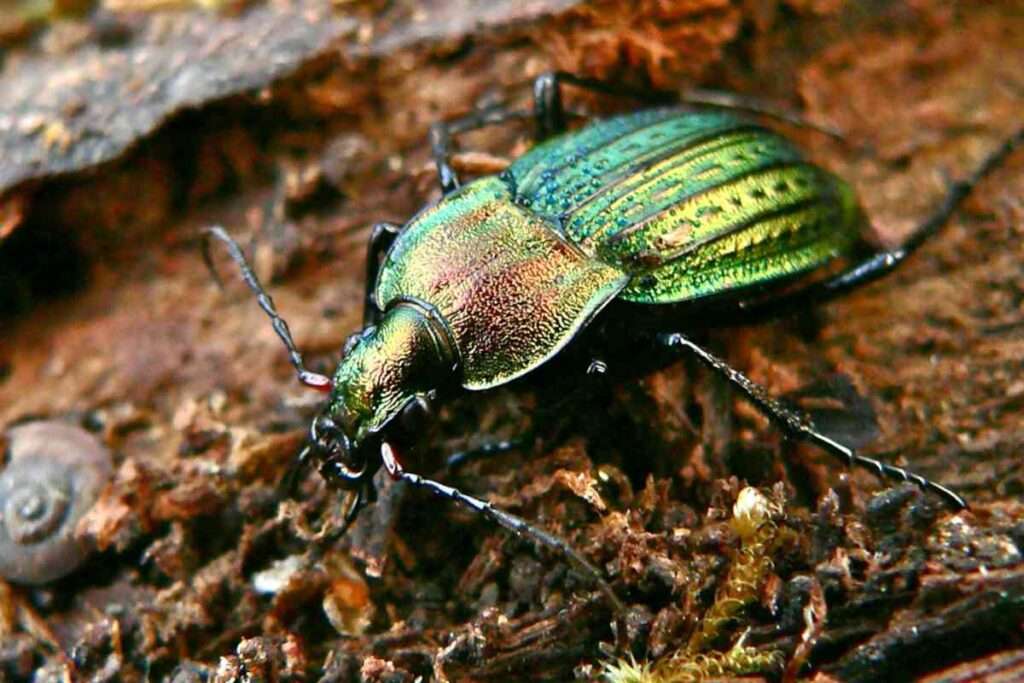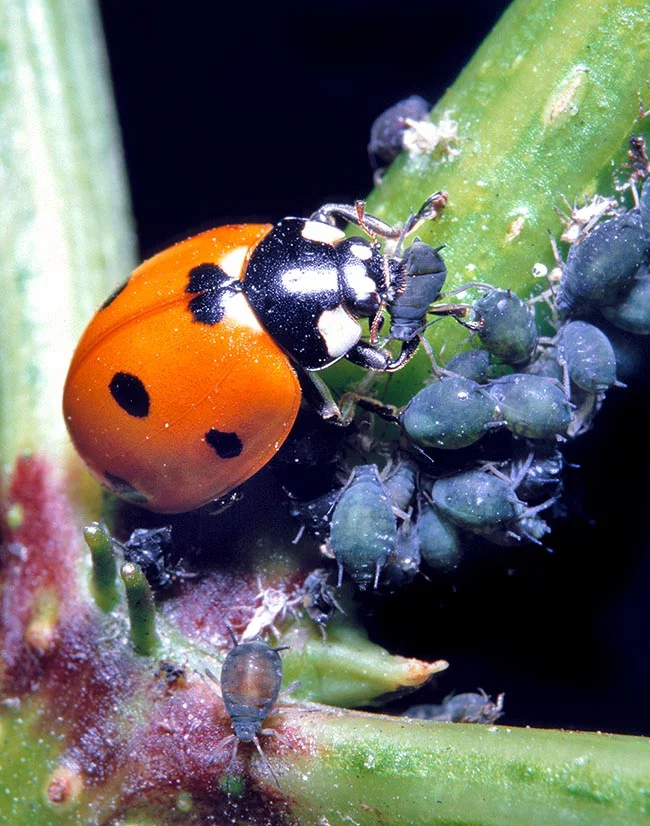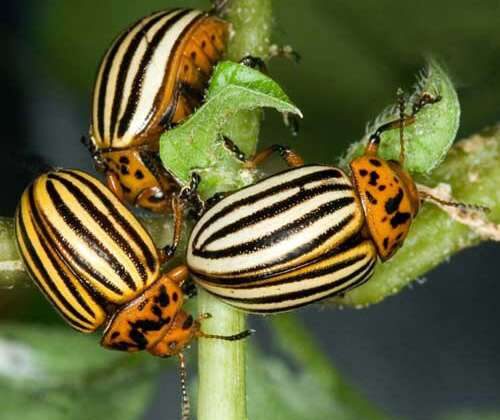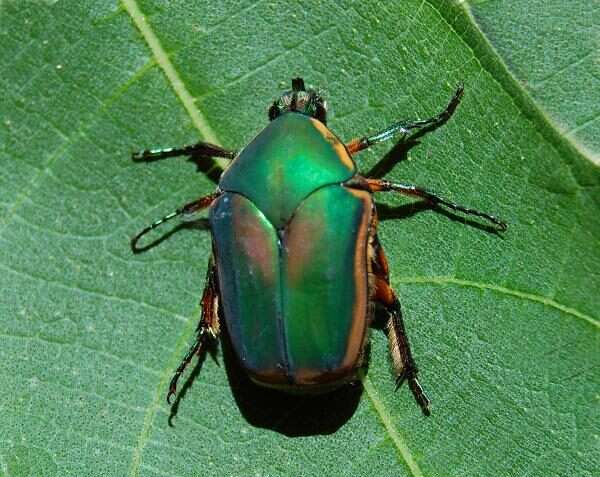
The ground beetle Carabus nemoralis, sometimes known as the “bronze carabid,” is widespread in northern and central Europe, as well as in Canada and Iceland. Although it originated in Europe, it has been imported to North America and is growing there.
Description of the body
- With an average size of 24 mm, these beetles are fairly huge. Typically, they are black with purple, green, or copper tones. On their second body segment, or thorax, females of this species frequently have a more blue appearance.
- Bronze carabids feature long, thin, uniformly shaped antennae, a thorax resembling a shield, and mandibles for grasping and biting. They also have long, slender legs for swift prey acquisition.
- The long, black, multi segmented larvae of bronze carabids have three separate legs that are linked to the thorax. They are often only a few millimeters smaller than adults and have big mandibles.
Geographical Location
There are bronze carabids (Carabus nemoralis) all over the northern United States, from Wisconsin to Maine and from the southern coast of Alaska to Montana. These insects can also be found from central Kazakhstan to Portugal.
Habitat
Bronze carabids inhabit woodland and forest ecosystems as well as artificial settings like gardens and parks. Additionally, as a biological control species, they can occasionally be seen in agricultural settings.

Longevity
Although these beetles have a three-year life span in the wild, not all of them will make it to sexual maturity (occurring at 1-3 years). Not all eggs will be fertilized or viable, as is the case with many other beetle species. Among those who are, some may pass away as eggs or larvae as a result of illness, environmental factors, predation, or developmental mistakes. Following metamorphosis, food supply, environmental conditions, and predation become the limiting factors. Bronze carabids will enter a state of diapause in the winter to protect them from the dangerous weather.
Feeding Habits
Most people recognise bronze carabids as all-purpose predators who will consume nearly everything that comes in their way. Other tiny arthropods, slugs, snails, worms, and decomposing matter are included in this. Although they eat a far wider variety of foods than was previously thought, they were formerly thought to be mostly molluscivora. They have huge mandibles for grabbing and eating as well as lengthy legs for swift pursuit of a meal since they catch and eat a variety of food. Since they make up the majority of bronze carabids’ diet, earthworms are a favorite food of these creatures.
Importance in Humans Life
Positive Role
This species helps people since it helps to reduce pest slug numbers in agriculture. According to one study, the introduction of bronze carabids into greenhouses and laboratories significantly improved the net production of salad greens. Another discovered that they work well in semi-field settings as well. Because bronze carabids are ferocious predators, humans also gain from a decrease in pest species in the natural world.
Negative Role
Bronze carabids have no known negative impacts on people.
Why do they keep it as a good pet?
They are employed for pest control in agricultural fields and make ideal pets because they prey on weeds and pests that harm the field.
Table





